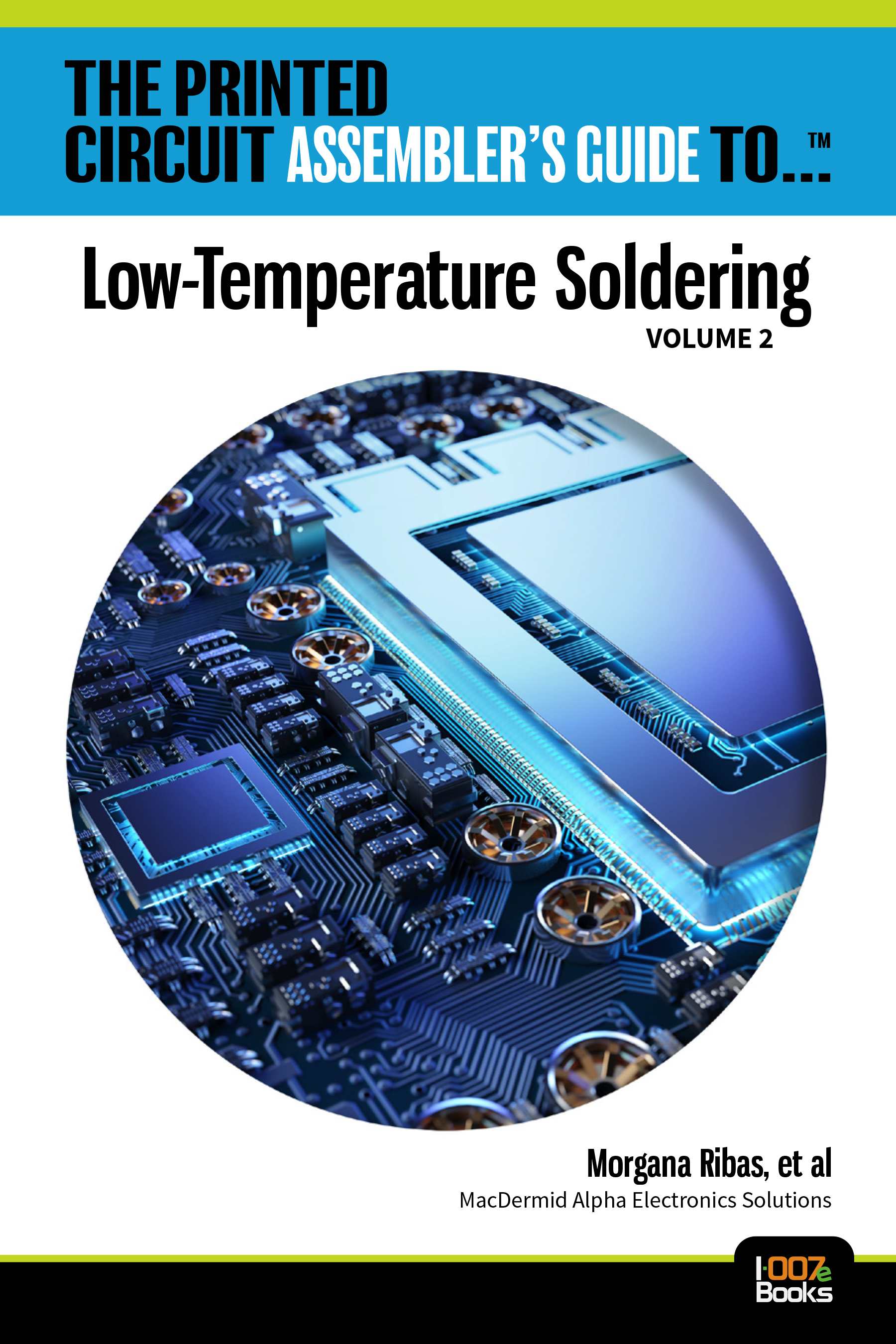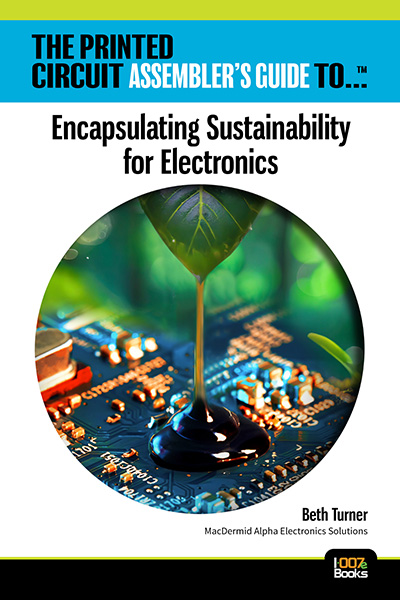Photodoping in 2D Materials for Fabrication of Logic Devices
May 8, 2019 | NUSEstimated reading time: 2 minutes
NUS scientists have discovered a method for photoinduced electron doping on molybdenum ditelluride (MoTe2) heterostructures for fabricating next generation logic devices.
Two-dimensional (2D) transition metal dichalcogenides (TMDs) are promising building blocks for the development of next generation electronic devices. These materials are atomically thin and exhibit unique electrical properties. Researchers are interested to develop n- and p-type field effect transistors (FET) using the 2D TMDs for building fundamental logic circuit components. These components include p-n junctions and inverters.
A team lead by Prof CHEN Wei from both the Department of Chemistry and the Department of Physics, NUS has discovered that light illumination can be used to induce doping effects on a MoTe2-based FET to modify its electrical properties in a non-volatile and reversible manner. The FET made of a MoTe2/BN heterostructure is fabricated by layering a thin flake of MoTe2 onto a boron nitride (BN) layer and attaching metal contacts to form the device.
The doping of the device can be changed by modifying the applied polarity to the BN layer under light illumination conditions. When the device is illuminated, the electrons occupying the donor-like states in the BN bandgap become excited and jump into the conduction band. By applying a negative bias to the BN layer, these photon-excited electrons travel into the MoTe2 layer, effectively doping it into an n-type semiconductor.
The positive charges which are left behind in the BN layer create a positive bias which helps to maintain the electron doping in the MoTe2 layer. The research team found that without any external disturbance, the photodoping effect can be retained for more than 14 days.
The team has developed p-n junctions and inverters without the use of photoresist by selectively controlling the photodoping regions on the MoTe2 material. From their experimental measurements, the MoTe2 diode had a near-unity ideality factor of about 1.13, which is close to that for an ideal p-n junction.
Explaining the significance of the findings, Prof Chen said, “The discovery of a 2D heterostructure-based photodoping effect provides a potential method to fabricate photoresist-free p-n junctions and inverters for the development of logic electronic devices.”
Figures (a) and (b) show the schematic illustration of a p-n junction and an inverter, respectively. Under light illumination and negative bias conditions, localized positive charges are left behind in the BN layer after the excited electrons travel into the MoTe2 layer. This induces doping effects in the MoTe2 layer. [Credit: Advanced Materials]
Suggested Items
SCHMID Group Takes Next Step Towards Advanced Packaging for Integrated Circuits with Glass Cores
05/29/2024 | GlobeNewswireSCHMID Group N.V. (Nasdaq: SHMD) announces taking next step towards advanced packaging for integrated circuits with glass cores. Together with partners, the SCHMID Advanced IC Packaging Lab Solution is currently the sole supplier for full TGV lab with all process steps necessary to turn a bare glass substrate into an Advanced Integrated Circuit (IC) Package.
IDTechEx Report: Illuminating the Future of Lidar in Automotive
05/09/2024 | PRNewswireIn the rapidly evolving landscape of Advanced Driver-Assistance Systems (ADAS) and autonomous driving, sensor technologies have emerged as a pivotal force driving innovations in the automotive industry.
Happy’s Tech Talk #28: The Power Mesh Architecture for PCBs
05/07/2024 | Happy Holden -- Column: Happy’s Tech TalkA significant decrease in HDI substrate production cost can be achieved by reducing the number of substrate layers from conventional through-hole multilayers and microvia multilayers of eight, 10, 12 (and more), down to four. Besides reducing direct processing steps, yield will increase as defect producing operations are eliminated.
Designer’s Notebook: What Designers Need to Know About Manufacturing, Part 2
04/24/2024 | Vern Solberg -- Column: Designer's NotebookThe printed circuit board (PCB) is the primary base element for providing the interconnect platform for mounting and electrically joining electronic components. When assessing PCB design complexity, first consider the component area and board area ratio. If the surface area for the component interface is restricted, it may justify adopting multilayer or multilayer sequential buildup (SBU) PCB fabrication to enable a more efficient sub-surface circuit interconnect.
Happy’s Tech Talk #27: Integrated Mesh Power System (IMPS) for PCBs
04/08/2024 | Happy Holden -- Column: Happy’s Tech TalkA significant decrease in HDI substrate production cost can be achieved by reducing the number of substrate layers from conventional through-hole multilayers and microvia multilayers of eight, 10, 12, and more to only two layers. Besides reducing direct processing steps, the yield will increase as defect-producing operations are eliminated. The integrated mesh power system (IMPS) was invented in the latter years of MCM-D use for thin-film fabrication. Those geometries fit today into our use of ultra HDI.


